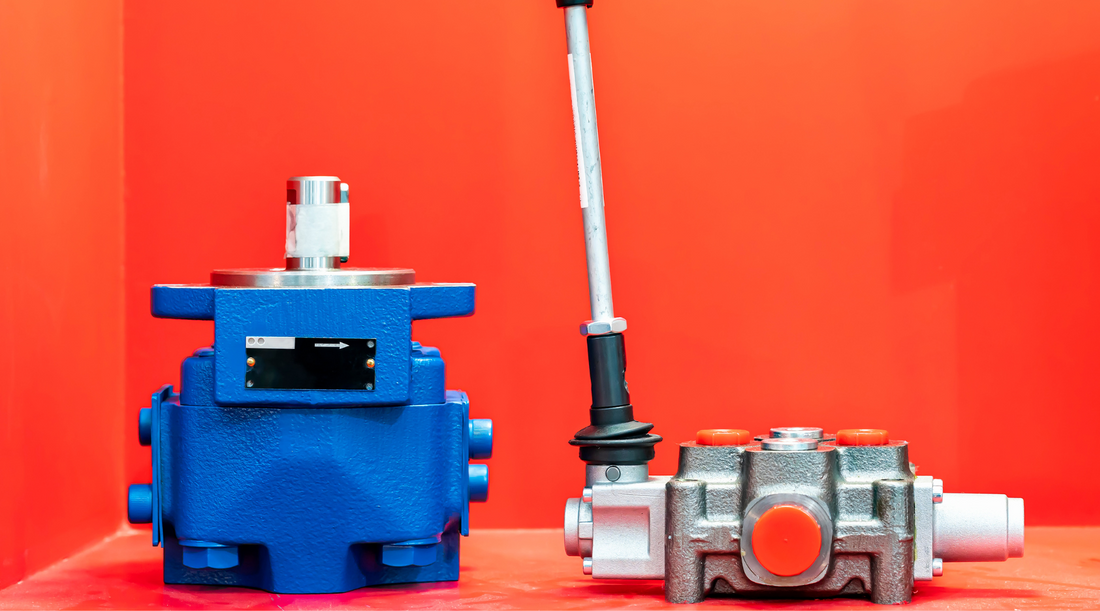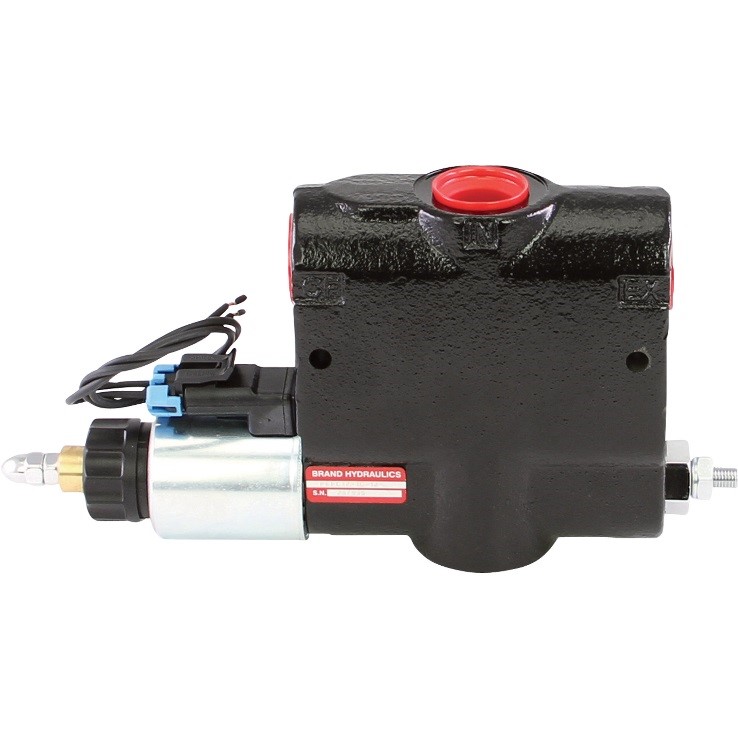
Maximize Energy Cost Savings and Convenience With Advanced Building Automation Controls
In the world of contemporary style and facility administration, the assimilation of innovative building automation manages stands as a pivotal improvement. By taking advantage of the power of automation, structures can adapt, respond, and advance in ways that were as soon as unimaginable.
Energy Effectiveness Conveniences
Energy efficiency benefits can considerably decrease energy intake and functional expenses in buildings. Energy-efficient systems, such as advanced structure automation controls, can enhance the use of resources like cooling, home heating, and lights, leading to lower power expenses over time.
Furthermore, improved power effectiveness can prolong the life-span of building equipment and systems. By operating extra effectively, cooling and heating systems, lighting fixture, and other structure parts experience less wear and tear, causing decreased upkeep and substitute expenses. Additionally, energy-efficient structures typically command higher residential or commercial property worths and rental rates, supplying lasting financial advantages to proprietors.
Additionally, power performance can boost occupant comfort and efficiency. Properly regulated indoor environments with optimal lighting and thermal conditions create an even more favorable and pleasant office, causing improved worker satisfaction and performance. On the whole, the energy effectiveness advantages related to innovative building automation controls are complex, including cost financial savings, ecological stewardship, and passenger well-being.
Enhanced Convenience Control
Enhancing convenience control in structure atmospheres needs an advanced integration of sophisticated automation systems for optimal owner wellness. By utilizing advanced building automation controls, facilities can tailor the indoor atmosphere to satisfy the details requirements and choices of residents. These systems make it possible for specific regulation of temperature level, illumination, and ventilation, developing a effective and comfy ambience. Passenger complete satisfaction and efficiency are closely linked to thermal convenience, making it important to have systems in location that can adapt to changing problems in real-time.
Enhanced convenience control goes past standard temperature changes. It consists of attributes such as individualized setups, occupancy sensing units, and natural light usage to produce a responsive and vibrant atmosphere. By incorporating these advanced controls, structures can not only enhance convenience however likewise enhance power performance by enhancing system procedures based on real occupancy and use patterns. Ultimately, prioritizing resident convenience via sophisticated automation systems results in an extra satisfying and healthier indoor setting.
Operational Performance Improvements

Furthermore, the implementation of real-time surveillance and analytics tools makes it possible for building drivers to determine energy inefficiencies and functional abnormalities without delay. By continuously monitoring energy use patterns and system efficiency metrics, adjustments can be made in real-time to enhance power intake and guarantee peak functional performance. control valves. In addition, incorporating demand action approaches into building automation controls can even more improve functional performance by dynamically adjusting energy usage based upon grid problems and pricing signals
Indoor Environment Optimization
Reliable indoor environment optimization is a fundamental facet of building automation controls, making sure passengers' comfort and wellness while maximizing power cost savings. By utilizing innovative sensors and controls, building automation systems can constantly keep track of and readjust temperature, moisture levels, air high quality, and air flow to create an optimum indoor atmosphere. Preserving regular and comfortable problems not only boosts occupant fulfillment however additionally improves efficiency and total wellness.
Indoor climate optimization additionally plays an essential role in power performance. By fine-tuning ventilation, home heating, and cooling systems based upon real-time data and tenancy patterns, developing automation controls can dramatically minimize energy intake - control valves. For pop over to this site instance, implementing strategies such as demand-controlled air flow and thermal zoning can help minimize power waste while making sure that each area of the building obtains the needed conditioning.

Sustainable Setting Production
Structure automation manages not just enhance interior environment conditions for power effectiveness and occupant convenience yet likewise lay the foundation for creating a lasting setting with tactical management of resources and systems. By incorporating sophisticated building automation technologies, such as sensors, actuators, and intelligent go to my blog software, centers can check and readjust energy usage in real-time to reduce waste and decrease their carbon footprint. These systems make it possible for anticipating maintenance, identifying prospective concerns prior to they rise and enhancing equipment efficiency to enhance durability and effectiveness.
Additionally, sustainable setting creation expands beyond power management to incorporate water conservation, waste decrease, and indoor air top quality enhancement. Structure automation controls can control water use, find leaks, and make certain appropriate garbage disposal methods, adding to total sustainability efforts. Additionally, by controlling and checking ventilation and purification systems, these modern technologies improve occupant health and wellness and productivity while lowering power consumption linked with HVAC procedures.
Conclusion
In final thought, progressed building automation regulates deal significant advantages in regards to energy savings, comfort control, functional effectiveness, interior climate optimization, and creating a lasting setting. By executing these controls, structures can achieve ideal efficiency while minimizing energy usage and boosting occupant convenience. It is noticeable that using advanced automation innovation is vital in boosting structure efficiency and developing an extra lasting future.
Power efficiency benefits can considerably decrease energy usage and operational expenses in buildings. Generally, the power performance advantages connected with sophisticated building automation controls are diverse, including expense savings, environmental stewardship, and resident wellness.
Additionally, incorporating need feedback methods into building automation controls can better improve operational performance by dynamically changing energy use based on grid conditions and rates signals.
Structure automation manages not just enhance indoor climate problems for energy efficiency and owner convenience however also lay the structure for producing a lasting atmosphere with tactical administration of systems and sources.In final thought, advanced structure automation manages offer substantial benefits in terms of energy cost savings, comfort control, functional effectiveness, interior environment optimization, and producing a sustainable environment.
Comments on “Critical Factors to Consider When Selecting Control Valves”